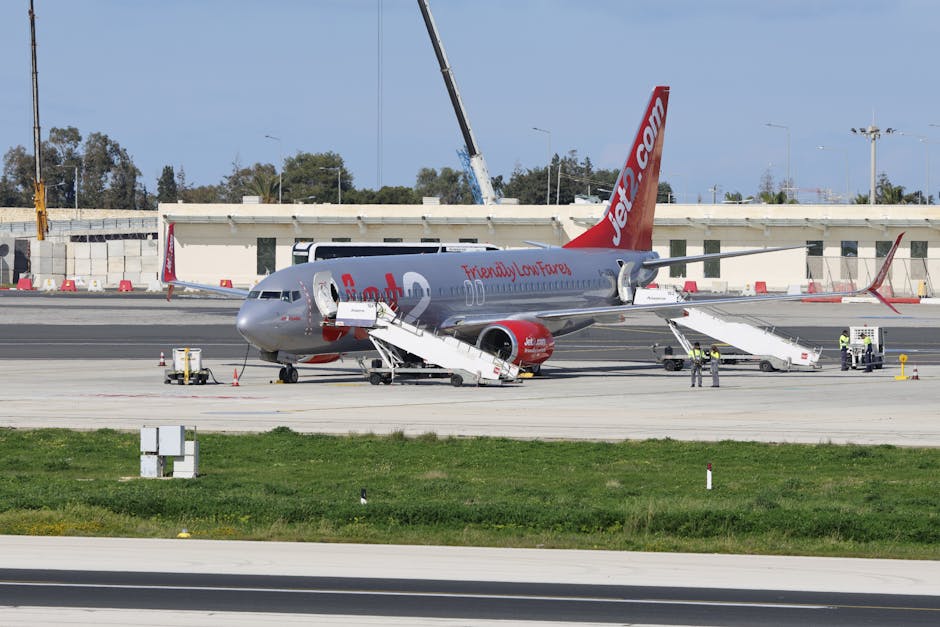
Effective Crew Scheduling Best Practices & Automation Solutions
Introduction to Crew Scheduling
Efficient crew scheduling is vital for ensuring smooth operations across industries such as aviation, transportation, and manufacturing. Implementing crew scheduling best practices can significantly enhance productivity and employee satisfaction.
The Importance of Automation in Crew Scheduling
Modern organizations increasingly rely on automation solutions to handle complex scheduling tasks. Automation reduces manual errors, saves time, and allows managers to focus on strategic planning rather than administrative work.
Key Crew Scheduling Best Practices
- Clear Communication: Ensure all crew members are informed about schedules well in advance.
- Compliance Management: Adhere to labor laws and industry regulations to avoid penalties.
- Fair Rotation: Balance shifts fairly among team members to promote morale.
- Flexibility: Incorporate buffer times and contingency plans for unexpected changes.
- Use of Technology: Leverage scheduling software to optimize shift assignments.
How Automation Enhances Crew Scheduling
Automation tools can dynamically generate optimal schedules based on various constraints, such as availability, skills, and legal requirements. This not only streamlines the process but also enables real-time adjustments, ensuring flexibility and compliance. Learn more about benefits of automation in crew scheduling.
Conclusion
Adopting best practices combined with innovative automation solutions can significantly improve operational efficiency and employee satisfaction. Stay updated with the latest trends to maintain a competitive edge in your industry.
Read more about effective crew scheduling to optimize your workforce management.
